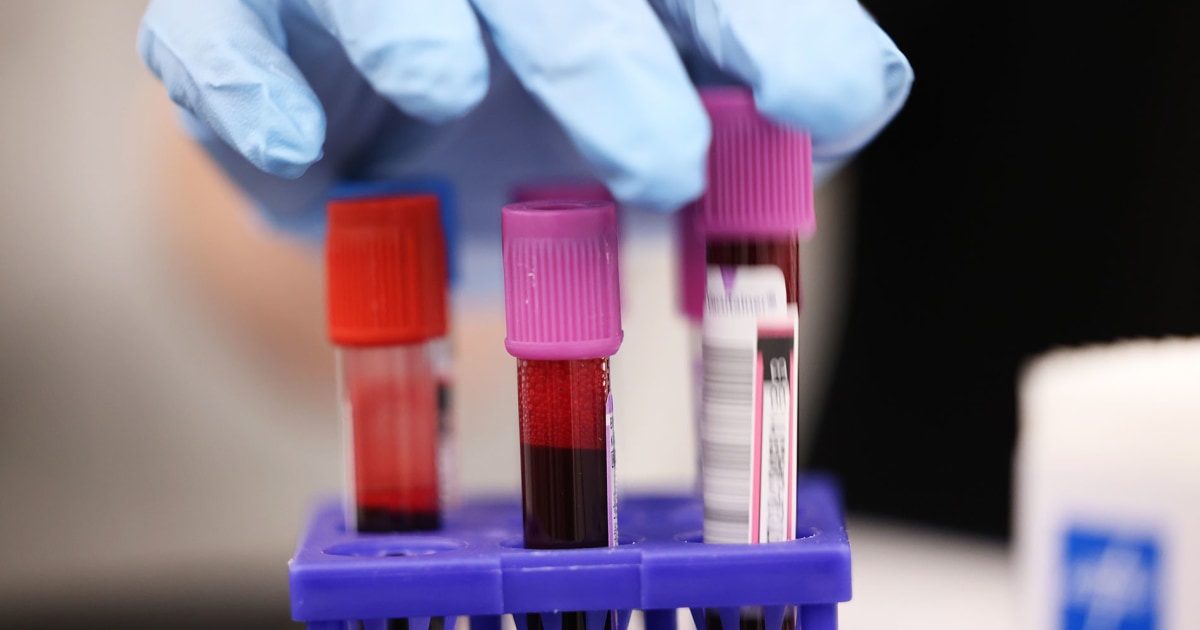Crisis in Care: The Impact of Cyberattacks on Blood Shortages
In recent months, a significant cyberattack on a leading blood bank has thrown the healthcare system into disarray, leading to the cancellation of thousands of blood donation appointments. This incident has exacerbated an already critical blood shortage across the nation, raising urgent questions about the intersection of technology and healthcare during crises. As the healthcare sector increasingly relies on digital infrastructure, the vulnerabilities inherent in these systems become glaringly apparent.
The Nature of the Cyberattack
This particular cyberattack targeted a prominent blood bank that supplies hospitals and clinics nationwide. Hackers infiltrated the organization’s network, employing ransomware to lock down essential systems and demanding a hefty ransom for the restoration of access. As a consequence of this breach, the blood bank was forced to cancel numerous donation appointments, leaving a significant gap in supply at a time when demand was already outstripping availability.
Ransomware attacks like this have become alarmingly common, with healthcare institutions being particularly vulnerable due to their reliance on technology for patient management and care. The irony is that these organizations, which play a crucial role in saving lives, are often left scrambling to respond to such crises, diverting their focus from patient care to cybersecurity recovery.
The Ripple Effect of Blood Shortages
The cancellation of blood donation appointments has a domino effect that ripples throughout the healthcare system. Blood is a vital resource for a multitude of medical procedures, including:
- Emergency surgeries
- Cancer treatments
- Trauma care
- Transfusions for patients with blood disorders
When blood supplies dwindle, hospitals are forced to make difficult decisions regarding patient care. Surgical procedures may be postponed, and patients in need of transfusions may face life-threatening delays. This situation highlights the precarious balance of healthcare resources and the critical role that blood banks play in maintaining this equilibrium.
The Current Landscape of Blood Donation
Blood donation levels have been declining for years due to various factors, including changing demographics, increased urbanization, and the ongoing impacts of the COVID-19 pandemic. The recent cyberattack has compounded these issues, creating a perfect storm of shortages. According to reports by the American Red Cross, the nation’s blood supply is at its lowest level in over a decade, and the need for donations is more urgent than ever.
Moreover, seasonal factors often exacerbate blood shortages. The summer months typically see a dip in donations as individuals go on vacation, and the winter months can be challenging due to weather conditions. With the added pressure of technological vulnerabilities, the blood supply chain is now hanging by a thread.
Lessons Learned: Strengthening Cybersecurity in Healthcare
The recent crisis underscores the need for healthcare organizations to invest in robust cybersecurity measures. As technology continues to evolve, so too do the tactics employed by cybercriminals. Some strategies that healthcare organizations can adopt include:
- Regular Training: Employees should receive ongoing training on cybersecurity best practices, including recognizing phishing attempts and securing sensitive data.
- Investing in Security Infrastructure: Healthcare providers must prioritize the implementation of advanced security measures, such as firewalls, intrusion detection systems, and data encryption.
- Incident Response Planning: Organizations should develop and regularly update incident response plans to ensure a swift and effective reaction to cyberattacks.
By proactively addressing cybersecurity vulnerabilities, healthcare institutions can help mitigate the risk of future disruptions and ensure that they remain focused on their primary mission: providing quality care to patients.
The Role of Technology in Blood Donation
Despite the challenges posed by cyberattacks, technology also offers innovative solutions that can enhance blood donation efforts. Digital platforms can streamline appointment scheduling, increase outreach for blood drives, and improve donor engagement. For instance, mobile apps can remind individuals of upcoming donation opportunities and facilitate easier check-ins at donation sites.
Furthermore, advancements in data analytics can help blood banks better predict demand and optimize their inventory management. By utilizing predictive algorithms, organizations can ensure they have the right blood types available when needed, minimizing the risk of shortages. In this way, technology can serve as both a potential threat and a powerful ally in the fight against blood shortages.
Community Engagement and Awareness
In times of crisis, community engagement becomes paramount. Blood banks must intensify their outreach efforts to encourage donations, especially during periods of shortage. Public awareness campaigns can highlight the importance of blood donation and the direct impact it has on saving lives.
Additionally, fostering partnerships with local businesses and schools can create a culture of giving within communities. Blood drives can be organized in partnership with local organizations, providing a convenient and accessible way for individuals to contribute. Social media campaigns can also play a crucial role in spreading the word and motivating potential donors.
Looking Ahead: A Call to Action
The recent crisis in care due to the cyberattack on a major blood bank serves as a stark reminder of the fragile nature of our healthcare systems. As we navigate this intersection of technology and healthcare, it is imperative that we take proactive steps to safeguard our resources.
Individuals can play a critical role in addressing blood shortages by becoming regular donors. Each donation can save up to three lives, making every contribution invaluable. Moreover, supporting organizations that advocate for better cybersecurity in healthcare is essential. By raising awareness and pushing for systemic changes, we can help protect the very systems that are designed to care for us.
In conclusion, while the challenges posed by cyberattacks and blood shortages are significant, they are not insurmountable. With concerted efforts from healthcare providers, communities, and individuals, we can work towards a more resilient healthcare system that prioritizes patient care and safety above all.
See more WebMD Network



